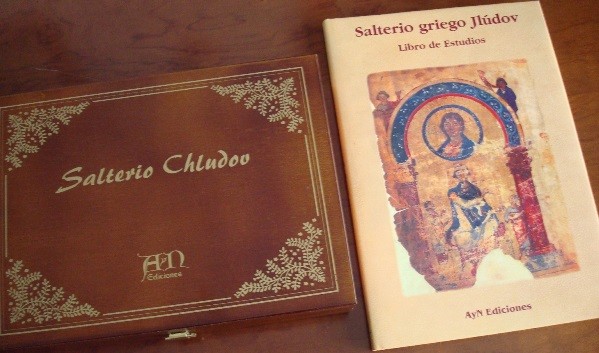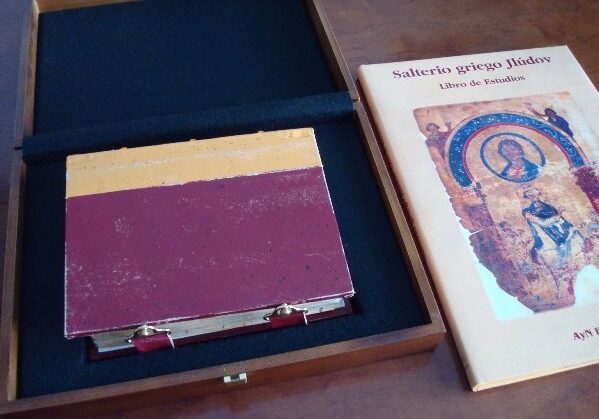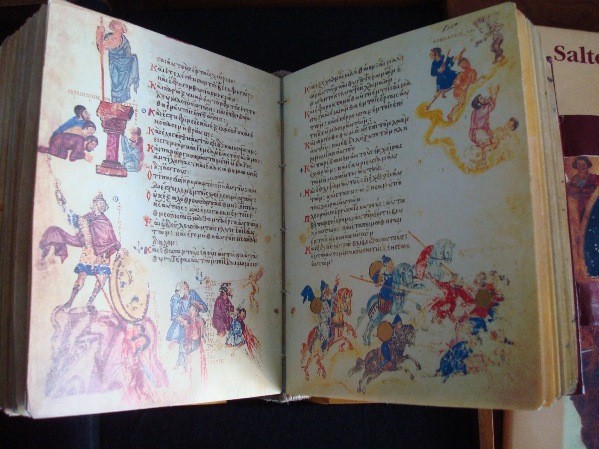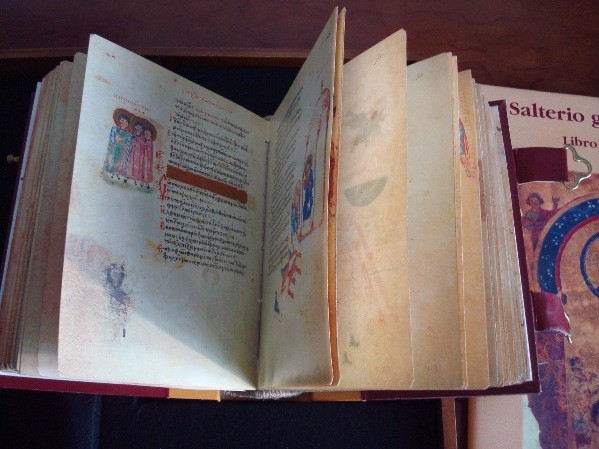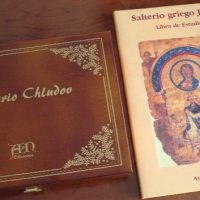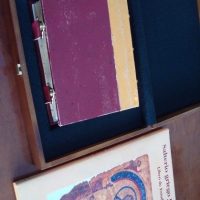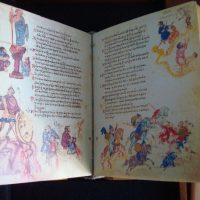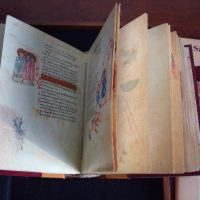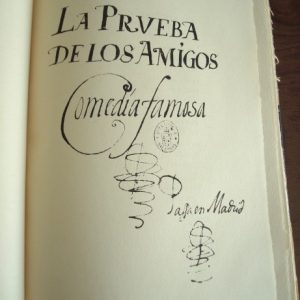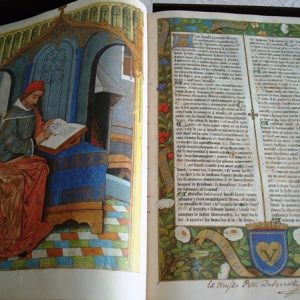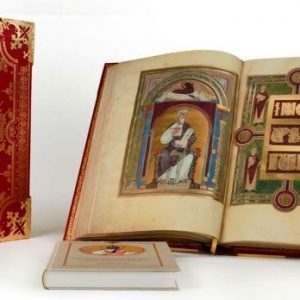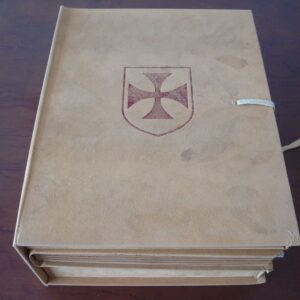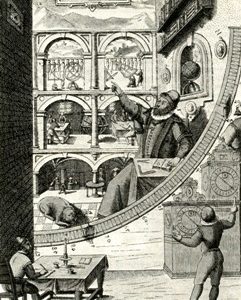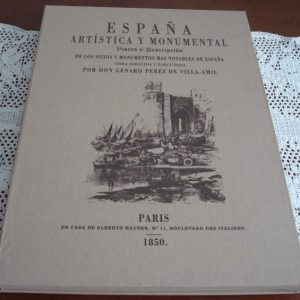Description
The Chludov Psalter is the historiographical designation of an illuminated manuscript containing a psalter of the so-called “marginals”, whose realization has been dated to the middle of the ninth century in Constantinople. It is an exceptional example of Byzantine art, which at the time suffered the vicissitudes of the iconoclastic quarrel, which explains that only three similar books have survived. It can be observed, in the state of many of its pages, the evidence of its continued use over the centuries.
According to tradition, the realization of the illustrations had to be done clandestinely. Many of them contain a direct reference to the iconoclasts, which they represent in a negative way. Many of the images are explained in writing by texts connected by small arrows. The style, controversial, is very unusual, proof of the furious passions that unleashed iconoclasm.
Its measurements are 15 x 19.5 cm and contains 169 folios. The outer margins of the pages are usually reserved in white to accommodate illustrations. The text and the titles are written in uncial letter, but good part was rewritten in minuscule minuscule three centuries later.
The literary content is the Psalms (in the version of the Septuagint) and the answers to be sung during their recitation, following the liturgy of the imperial church of Constantinople (Hagia Sophia).
Nikodim Kondakov proposed as hypothesis that the psaltery was made in the monastery of Studion of Constantinople. Other scholars believe that the liturgical answers it contains were only used in Hagia Sophia, so it would be more a product of the imperial workshops of Constantinople, shortly after the iconic restoration of 843.
It was preserved on Mount Athos until 1847, when a Russian scholar took it with him to Moscow. There it was acquired by Aleksey Khludov (transliterated Chludov), whose name is why the manuscript is known. From Chludov he went to the Nikolsky Monastery of the Old Believers and from there to the State Museum of History (Moscow), where it is kept today (signature Ms. D.129).
Beautiful and interesting facsimile edition made in 2006 by the extinct publisher AyN, numbered, limited to 995 copies and authenticated by notary. The facsimile, bound by simulating the passage of time, is presented in a wooden box. Accompanied by a study book.
Complete specimen in perfect condition, corresponding to a venal specimen with Arabic numeration.
Shipping costs on account of the buyer, according to order and destination. Consult us without obligation (indicating the reference of the article) any doubt.




